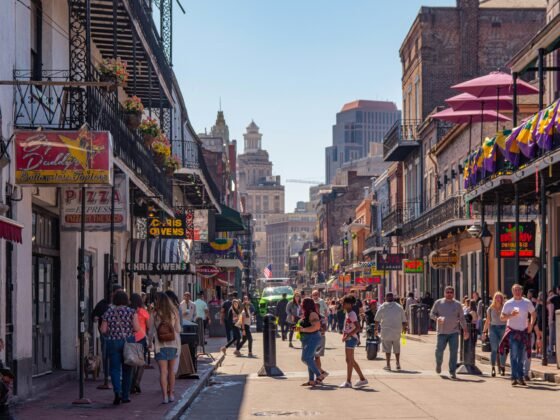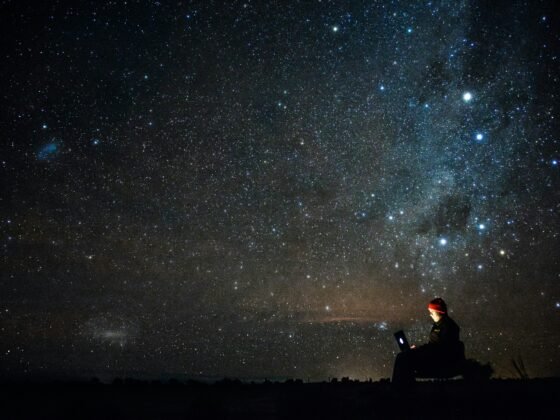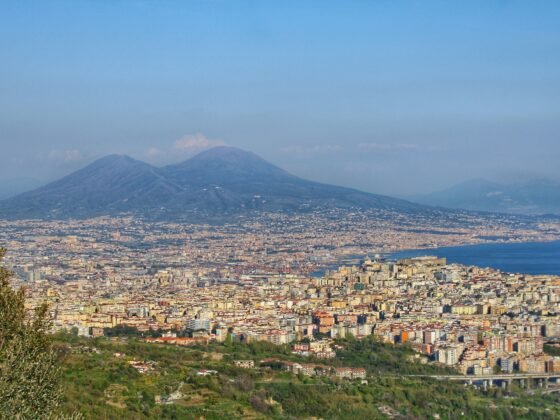What noise does a cheetah make? You’ll never guess! Does it roar like a lion? I took this short video on a morning game drive in the Mara North Conservancy in Kenya.
There’s nothing quite like watching a cheetah in the wild. I’ll never forget the first time I saw one on the move—sleek, alert, and so completely at ease in its surroundings. It was in the Mara North Conservancy, in Kenya, and we were quietly watching from a respectful distance as a cheetah scanned the plains. Within minutes, we witnessed a full-speed chase, its body coiled like a spring before it exploded into action. The whole thing was over in seconds as the gazelle scattered as it flew towards them. A sharp veer to the left at the last moment meant escape for the prey and sensing failure, it flopped to the ground.
That scene has stuck with me—not just for the drama of the hunt, but for what it revealed about the delicate balance cheetahs live in every day. These cats are extraordinary creatures, but they’re also under constant pressure to survive.
But Cheetahs are categorised as “Vulnerable” on the IUCN Red List, with less than 7,000 remaining in the wild. So will they survive extinction?
Built for the Chase, Not the Fight
Cheetahs are often called nature’s sprinters—and for good reason. They can hit speeds up to 70 mph, but only for short bursts of 20 to 30 seconds. Their entire physiology is wired for this: lightweight frame, long legs, flexible spine, and claws that act like track spikes.
But speed alone isn’t enough. On that morning in the Mara, I realized something: cheetahs aren’t reckless. Their hunt is a precise calculation. They wait. They measure. If conditions aren’t right—if the wind shifts or the gazelle is too alert—they won’t give chase. Every sprint is an energy gamble they can’t afford to lose.
Survival in the Open
These cats thrive in wide-open ecosystems—grassy plains, semi-deserts, light woodlands—places where they can see, think, and run. In protected areas like the Serengeti, Okavango Delta, and northern Kenya’s community conservancies, they still find the space they need to survive.
But even in those sanctuaries, life is stacked against them. Unlike lions or leopards, cheetahs aren’t built to hold territory or guard a kill. Their strength is avoidance, not confrontation. That means a successful hunt is often followed by a quick loss to a hyena or group of vultures. Some estimates say up to 50% of cheetah kills are stolen.
Motherhood is even more precarious. A female cheetah moves her cubs every few days to avoid detection, but predators are always a threat. In some regions, the survival rate of cubs is heartbreakingly low. I can’t imagine the constant vigilance that must require.
The Groundwork of Hope
And yet, despite all of this, there’s hope—real, tangible hope—thanks to conservation efforts that center not just on cheetahs, but on people.
Places like Mara North Conservancy, where I watched that unforgettable hunt, are part of a growing network of community-run areas that bridge the gap between tourism and conservation. They empower locals to protect their own land, creating a shared interest in preserving wildlife.
Elsewhere, organizations like the Cheetah Conservation Fund in Namibia are reducing conflict with farmers by promoting livestock guardians and better fencing practices. The idea is simple: when people and wildlife can coexist, everyone benefits.
I’ve also been following the bold cheetah reintroduction project in India. It’s experimental, even controversial and ultimately unsuccessful—but it’s a symbol of how far we’ll go to try and rewrite the cheetah’s story.
Why They Still Matter
For me, cheetahs embody a kind of grace and freedom that feels like it’s slipping away in our world. There’s something humbling about watching one stretch out on a termite mound, eyes fixed on the horizon—completely present, completely wild.
But cheetahs aren’t just a symbol of beauty or speed. They play a crucial role in maintaining ecological balance. Their presence tells us a landscape is still functioning, still intact. And in a broader sense, they remind us of the stakes: what we stand to lose if we don’t protect the spaces that still feel untamed.
That morning in the Mara changed something for me. It wasn’t just about seeing a cheetah. It was about witnessing a moment of pure, wild clarity. A glimpse of a world we’re at risk of forgetting, and the urgent reminder that it’s not too late to protect it.
If you ever find yourself with the chance to see a cheetah in the wild—take it. Watch. Listen. Let it change you. And enjoy that unusual and unexpected call.
Photo by Ahmed Galal on Unsplash












